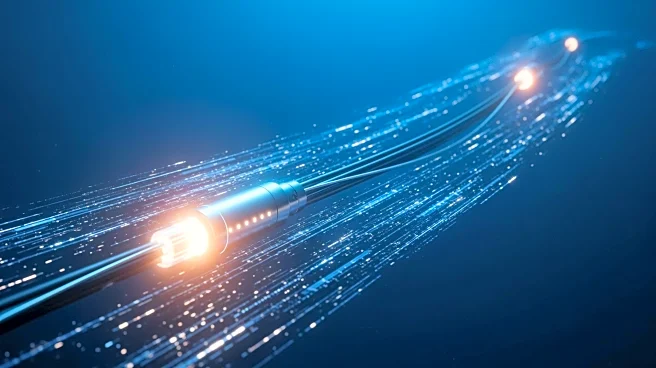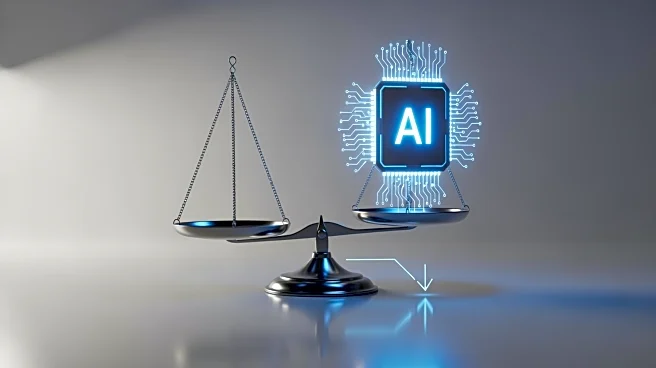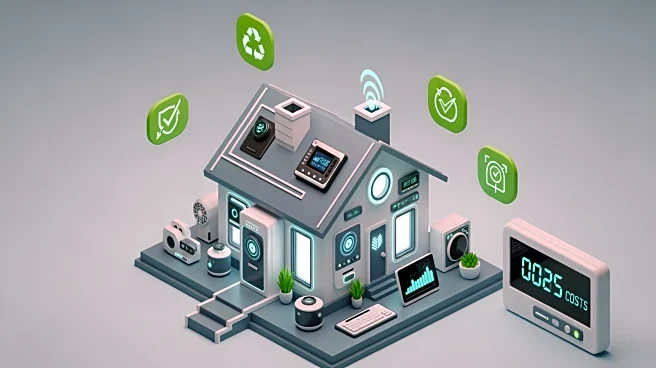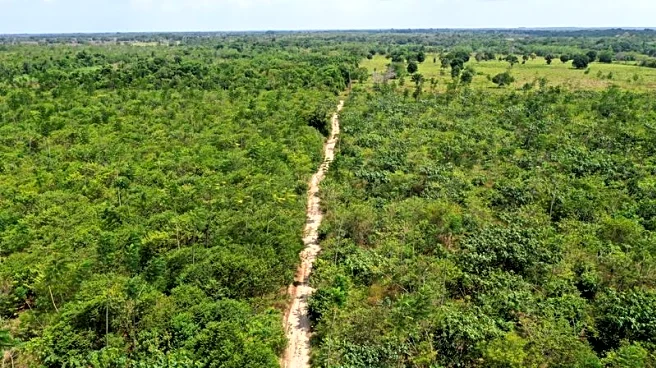What's Happening?
The demand for underwater communication cables is surging as major technology companies like Meta, Google, and Amazon invest heavily in these infrastructures to support the growing needs of artificial
intelligence and global internet connectivity. These cables, which carry over 95% of international data and voice traffic, are essential for connecting data centers and facilitating global communications. Recent projects include Meta's Project Waterworth and Amazon's Fastnet, both aiming to enhance connectivity across continents. The investment in subsea cables is expected to reach $13 billion between 2025 and 2027, nearly doubling the previous investment period.
Why It's Important?
The expansion of underwater cable networks is critical for the advancement of AI technologies and the global internet infrastructure. These investments by tech giants are not only about enhancing connectivity but also about maintaining competitive advantages in the tech industry. The increased capacity and reduced latency provided by these cables are vital for supporting the data-intensive operations of AI models and cloud services. However, the reliance on these cables also raises concerns about security and potential vulnerabilities, as disruptions can have significant global impacts.
What's Next?
As the investment in subsea cables continues, there will likely be increased focus on securing these infrastructures against potential threats, including accidental damage and sabotage. Governments and companies may collaborate on initiatives to protect these critical assets. Additionally, the development of new technologies to enhance cable durability and performance could become a priority. The ongoing geopolitical tensions may also influence the strategic deployment and management of these networks.
Beyond the Headlines
The strategic importance of underwater cables extends beyond technology, touching on national security and international relations. The potential for sabotage or accidental damage highlights the need for robust monitoring and protection measures. The geopolitical landscape, particularly tensions involving major powers, could impact the deployment and security of these cables, necessitating international cooperation and regulatory frameworks.












